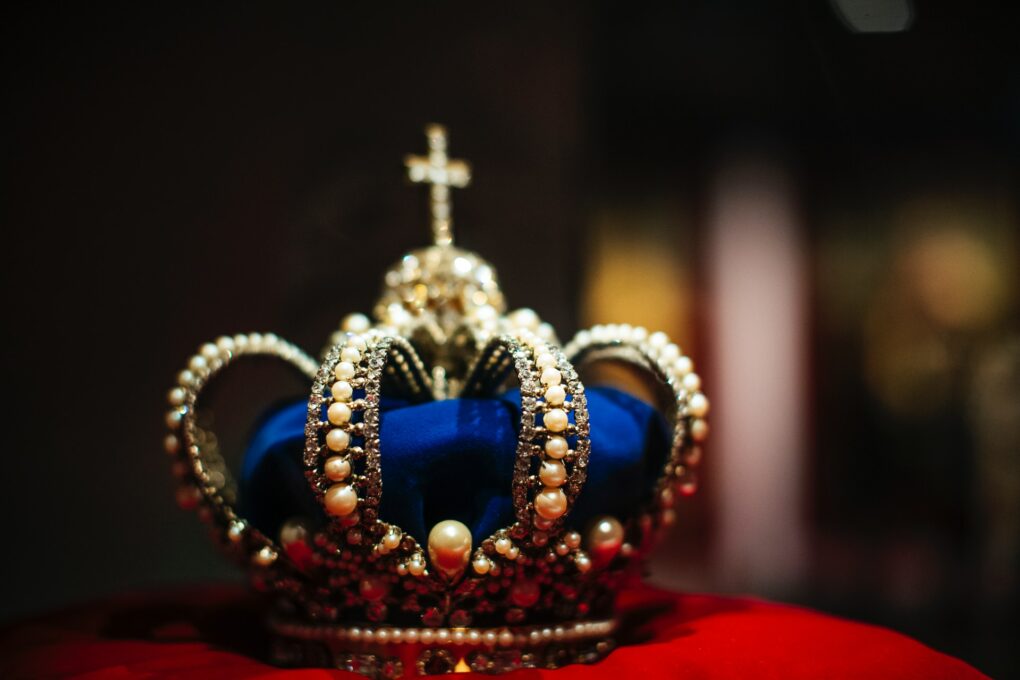In the tapestry of human history, certain bloodlines stand as enduring markers of power, prestige, and legacy. These ancient royal bloodlines weave a narrative that spans millennia, carrying with them tales of rulers, dynasties, and empires that have shaped the course of civilizations.
As we embark on a journey through time, let us explore the remarkable lineage of the oldest bloodlines in the world, delving into their significance, resilience, and unbroken continuity.
What are Ancient Royal Bloodlines?
At the heart of our exploration lies the concept of ancient royal bloodlines—a lineage of noble descent that has remained unbroken through the ages. These bloodlines trace their origins to the highest echelons of society, often intertwined with the thrones of kingdoms and empires.
From the majestic pharaohs of Egypt to the regal dynasties of Europe, these bloodlines have left an indelible imprint on the tapestry of human civilization.

The Longest Unbroken Royal Bloodline
Amidst the ebb and flow of history, one question beckons our curiosity: which royal bloodline boasts the longest unbroken continuity? As we peel back the layers of time, we uncover the extraordinary lineage of the Yamato dynasty in Japan.
Spanning over 2,600 years, the Yamato dynasty has navigated through epochs, adapting to cultural shifts and historical upheavals while preserving its ancestral legacy—a testament to the enduring strength of an ancient royal bloodline.
Significance of Ancient Royal Bloodlines
Beyond their historical significance, ancient royal bloodlines have often been shrouded in myth and mystique. They were perceived as conduits of divine favor, granting rulers a unique claim to authority and legitimacy. The bloodline itself became a source of identity, shaping the traditions, rituals, and cultural practices of entire civilizations. The endurance of these lineages served as a link between past and present, offering a sense of continuity in a world marked by change.
In the intricate mosaic of history, ancient royal bloodlines stand as a testament to the indomitable spirit of human ambition, endurance, and the eternal quest for a legacy that transcends the confines of time.
Chronicles of Ascendancy: Unraveling the Secrets of Ancient Royal Bloodlines
As we delve deeper into the annals of history, the enigmatic allure of ancient royal bloodlines unveils a tapestry woven with tales of conquest, intrigue, and cultural splendor. Beyond the surface, these noble lineages reveal captivating details that shed light on their enduring prominence and the impact they’ve had on the world stage.
Dynastic Beginnings: Origins of the Oldest Bloodlines
The origins of ancient royal bloodlines often trace back to the emergence of early civilizations and the establishment of ruling elites. Through intermarriage and strategic alliances, these families solidified their positions of power, paving the way for dynasties that would shape the destiny of nations.
From the Pharaohs of Egypt to the Sumerian kings, each bloodline carved its own unique path through history, leaving an indelible mark on the cultural, political, and architectural landscapes of their times.
Symbolism and Legacy: Unveiling the Royal Regalia
The artifacts, symbols, and regalia associated with ancient royal bloodlines serve as tangible expressions of their grandeur and authority. Crowns, scepters, and ceremonial robes become potent symbols of legitimacy, authority, and divine favor.
These cherished emblems are often imbued with deep cultural and religious significance, reflecting the intricate relationship between rulers, their subjects, and the spiritual realms they believed to influence their reigns.
The Evolution of Power: Dynastic Intrigue and Expansion
Throughout history, the evolution of ancient royal bloodlines was marked by a delicate balance between expansion and consolidation. Dynastic marriages, strategic alliances, and military conquests shaped the trajectory of these lineages, often leading to the amalgamation of vast territories and diverse cultures under a single banner.
The Byzantine Empire, for instance, exemplified the intricate interplay between bloodlines, power politics, and the enduring legacy of ancient royal families.
Influence and Artistry: Patronage of the Arts and Culture
Ancient royal bloodlines were not only custodians of political power but also patrons of artistic and cultural achievements. Magnificent palaces, awe-inspiring monuments, and opulent works of art emerged as testaments to the cultural flourishing under their auspices.
The Medici family of Florence, renowned for their support of the Renaissance, and the Mughal emperors of India, who cultivated a rich artistic legacy, stand as vivid examples of how royal bloodlines shaped the artistic tapestry of their eras.
A Continuum of Heritage: Legacy and Modern Connections
Even as the sands of time continue to shift, the legacy of ancient royal bloodlines persists. In some cases, modern descendants of these lineages bear the weight of their illustrious past, often engaging in efforts to preserve their cultural heritage and ancestral traditions.
The House of Habsburg, for instance, has maintained a legacy that extends beyond their historical reign, engaging in philanthropic and cultural endeavors that echo the dynasty’s enduring influence.
Navigating the Oceans of Time
Our voyage through the realm of ancient royal bloodlines draws to a close, leaving us with a profound appreciation for the impact of these lineages on the tapestry of human history. Their stories resonate as echoes of majesty, endurance, and the ceaseless pursuit of a legacy that transcends generations.
As we honor the memory of these noble bloodlines, we find ourselves connected to a shared human narrative—one that continues to unfold across the expanse of time, binding us to the timeless tapestry of our collective past.
In the pages of history, ancient royal bloodlines remain as luminous beacons, guiding us through the corridors of time and reminding us of the extraordinary heights that human ambition, culture, and nobility can reach.
